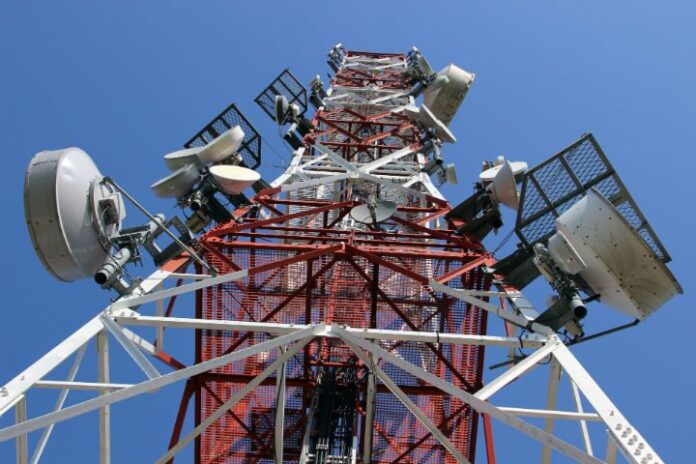What do Spotify, the European Central Bank and Apple have in common? All were the targets of major cybersecurity attacks in 2014, which rose a whopping 48% from 2013 to 2014. Unsurprisingly, people are rattled. According to a survey by PricewaterhouseCoopers, 24% of consumers said their trust in companies’ ability to protect their personal data has declined over the past 12 months. This data point was included in the latest global CEO survey conducted by PwC, which stated that 78% of global CEOs view technologies related to cybersecurity as strategically important.
With the cost of cybercrime reaching $12.7 million per organization in 2014 (up from $11.6 million in 2013), CEOs are fully aware of the ballooning business risks of not investing more heavily in cybersecurity solutions. They would do well to focus their threat identification and management strategy on their networks – many cybersecurity concerns can be alleviated by network infrastructure that minimizes risk. Cybersecurity functionality in enterprise networking has been honed over years of rigorous deployments for governmental agencies, including national border security, first responder backhaul, video surveillance, critical infrastructure protection and military situational awareness.
The following is a cybersecurity-optimized network blueprint for federal networks, highlighting four areas of concern that can help executives reduce business risk:
1. Deploying private networks as leased line replacements to bring security and reliability within their own control.
2. Deploying resilient backup links to provide high availability for critical services.
3. Staging or pre-configuring links for rapid deployment in disaster recovery situations.
4. Deploying video surveillance in all areas of the business to monitor and protect physical assets and control access to remote areas of the enterprise.
Fortifying a network as described above requires fixed wireless backhaul equipment that should incorporate the following security capabilities to meet strict cybersecurity requirements without sacrificing throughput and latency:
• Physical security – tamper-evident seals, built-in denial of service attack mitigation, encryption of software images and configuration data.
• Data security – 128- and 256-bit AES encryption, use of nonstandard headers to prevent snooping attacks.
• Management security – roles-based user access, audit trails, password rules, secure interfaces, centralized authentication and access control.
• Process security – third-party validation of design, source code reviews, vulnerability assessment scans.
The above strategy maximizes the ability for technicians and security specialists to prevent, identify and recover from cybersecurity attacks before they penetrate an enterprise network potentially accessing sensitive information or causing network outages. With more companies focused on cybersecurity this year, hopefully we’ll witness a decline in the impact to network availability and a reverse in the trend of escalating business costs to resolve them.
Editor’s Note: In an attempt to broaden our interaction with our readers we have created this Reader Forum for those with something meaningful to say to the wireless industry. We want to keep this as open as possible, but we maintain some editorial control to keep it free of commercials or attacks. Please send along submissions for this section to our editors at: dmeyer@rcrwireless.com.

